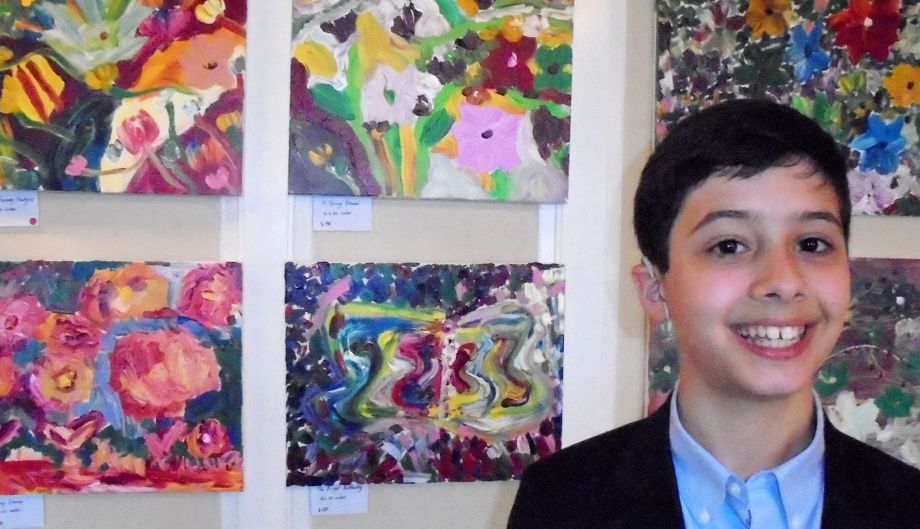I had a few offers from other organizations but Laura told me that HHF would be dedicated to ensuring I would have a fruitful internship experience. And on the last day, I can corroborate her initial promise.
Before I started my internship, my knowledge of hearing health was both sparse and vague. I knew little about research conducted on hearing loss and related disorders, and I assumed my internship would be spent monitoring HHF’s Twitter and Facebook accounts and photocopying, while occasionally eavesdropping in on conversations otherwise too important for my ears.
After 12 weeks of actually writing blogs (many thanks to people reading them!) and, for the Fall issue, magazine articles, plus researching statistics and talking and working with people who care about HHF’s mission, I now have a plethora of hearing-related facts I intend to regale classmates with at (not-too-loud) parties for years to come.
For those who don’t know, HHF’s full-time staff includes four people, with three part-time freelancers—so while they are small, this is a talented and efficient group! The CEO, Nadine Dehgan, will stuff appeal envelopes with me and anyone else in a staff meeting just to get it done. HHF employees may not be the scientists discovering breakthroughs, but the energy, labor, and hours behind collecting enough dollars to sustain the organization and fund life-changing grants surely accumulate into something with a recognizably valuable shape. To witness such unwavering commitment is striking.
I am not trying to hide my partiality for HHF, I think that much is clear. It’s true Laura has tried to infuse my experience with purpose, so I am of course grateful for that. And if you’ve been keeping track, I’ve hit a few of those buzzwords (unwavering, life-changing, meaningful, etc.) you might find usually overstate the point or are overused to meaninglessness, but this time I don’t think I’ve fallen into that trap.
It’s not that often that you (that is, people who consume media online) are allowed to peer into an organization’s foundation, for the cloak of professionalism is mighty. But hopefully I’ve brought to your attention the quality and dedication I have witnessed firsthand today and every day here at HHF.
I leave my summer internship with appreciation and admiration and the hope that HHF will prosper for years to come!
And, of course, if it within your bandwidth, please donate to make sure this happens!

















